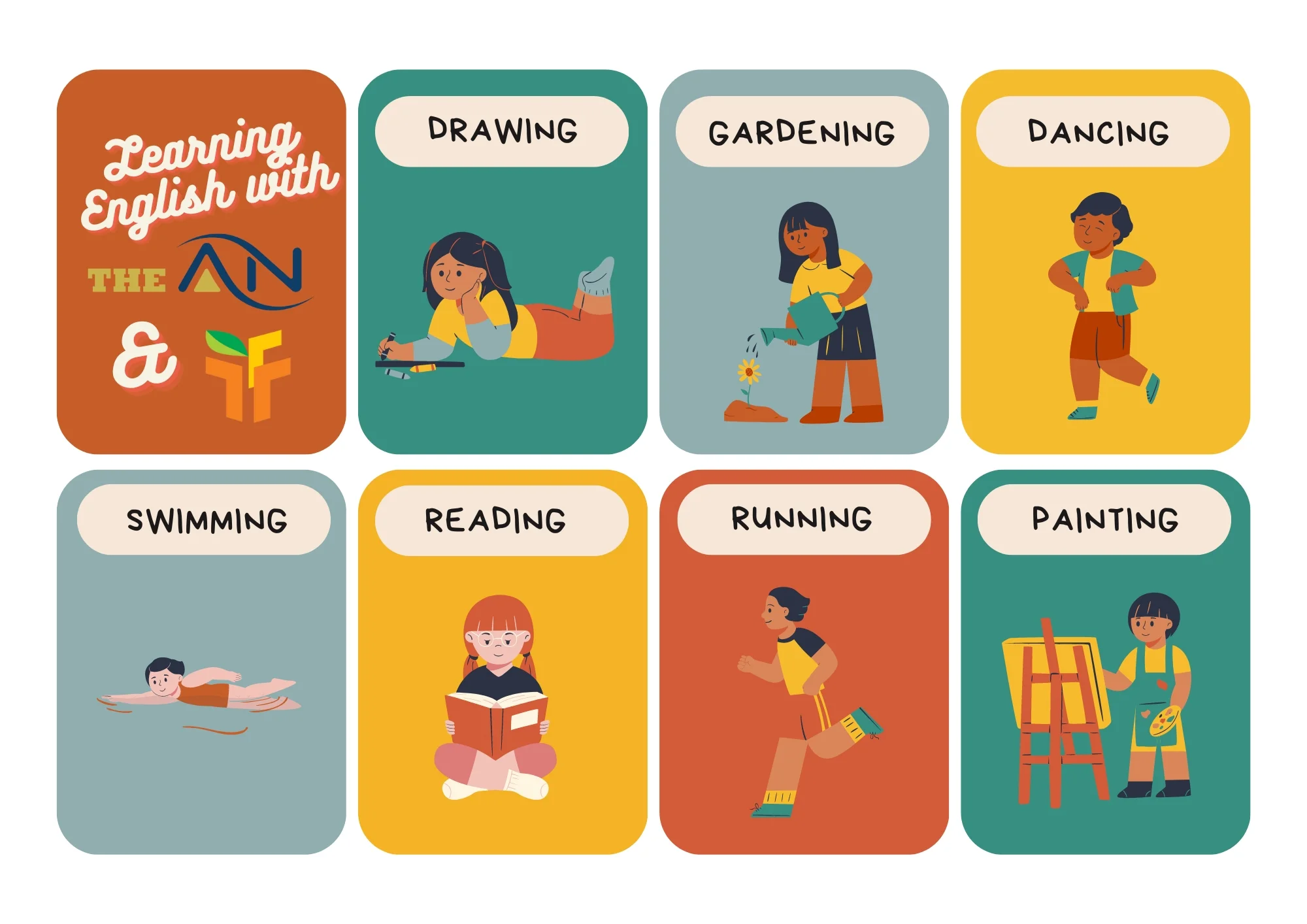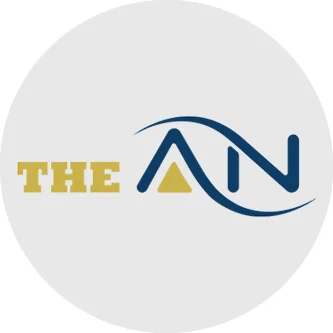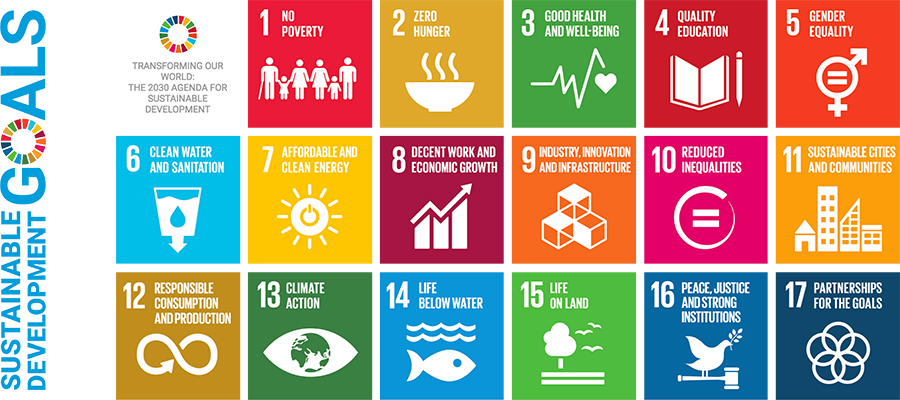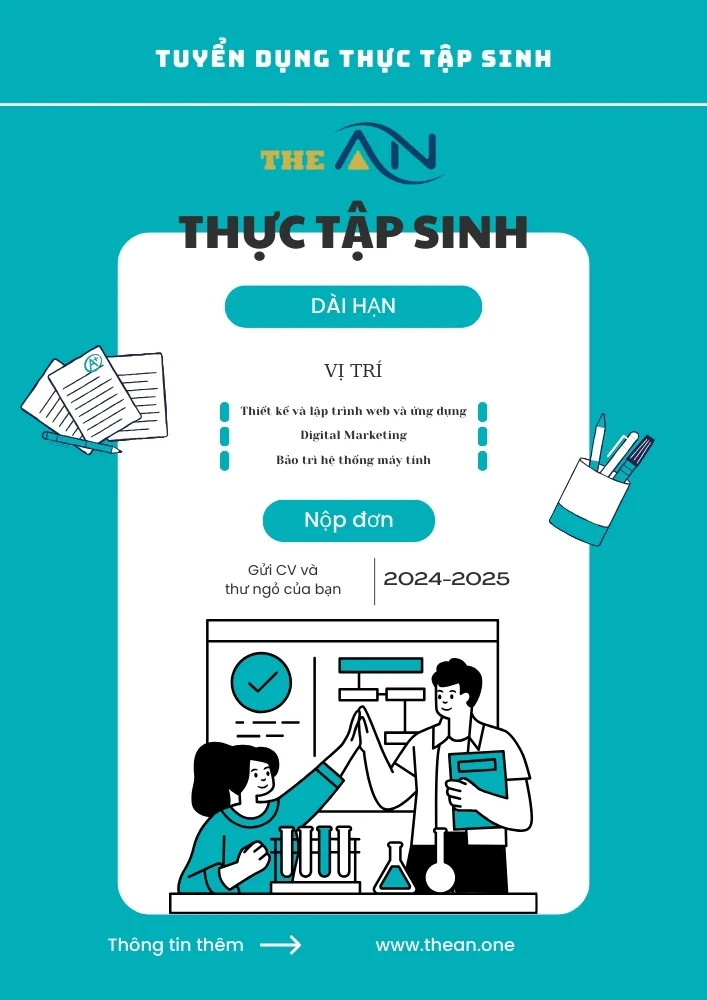Rules of Prepositions in English Grammar with Examples

The overall concept of prepositions and the first type of Prepositions were covered in the first part of the article. English plays a significant role in both our professional and everyday lives. Many candidates are afraid of the compulsory subject of prepositions for a number of reasons, but in reality, it is merely a set of rules and a vocabulary collection. We’ll discuss the remaining significant prepositional rules, types, and aspects in this article.
What is a Preposition?
A Preposition is a word which is used to express the relationship between a Noun or Pronoun with the Object. It shows time, place, relationship, distance, location etc.
At, In, Into, above, under, over, on, down, behind, beside, across, near, out, along, towards, onto, since, and for are some examples of Preposition.
Rules for Prepositions
Rule No. 1
Preposition must be followed by an object and if any verb comes after a preposition it must be in gerund form.
For Instance, Shreya prevented her from committing mistakes.
Rule No. 2
When an interrogative pronoun comes as an object then the preposition mostly comes at the end or front position.
For Instance, What is she thinking of?
Rule No. 3
When a sentence is formed like an infinitive (to+verb), in such case preposition is always placed after the infinitive.
For Instance, Royal Inn is a good place to stay at.
Rule No. 4
And when an object is a relative pronoun ‘that’ in that case, the preposition comes at the end.
For Instance, This is an activity that I’m fond of.
Rule No. 5
In the formation of interrogative sentences preposition comes at the beginning of the sentence.
For Instance, By which Bus did he go?
Types of Prepositions
Prepositions of Direction
TO
This preposition is used to indicate the destination.
For example, I am going to the airport to receive my mom.
TOWARDS
Towards is used to indicate the direction.
For example: Reena is going towards the bus station.
ALONG
This preposition is used to indicate the movement of something/somebody in a certain line in a particular direction.
For example, Tahir was driving along a narrow road.
AGAINST
- It is used in the sense of the opposite of something.
For example: The boat sank as it was trying hard to sail against the strong current. - Used in the sense of pressing on.
For example: Bring that boy who is leaning against the tree.
ACROSS
- It is used when we talk about a thing/person moving from one side to another.
For example, Deepa and her friend were going across the field. - When something is stretched from one side to another.
For example, Alok stood on the bridge built across the river Ganga. - To indicate the opposite side of something.
For example, Harpreet saw me across the hall and waved at me.
UP
It is used to show movement from a lower position to a higher position.
For example, Raghu climbed up the tree to get himself some fresh fruits.
DOWN
It is used to show movement from a higher position to a lower position.
For example, Children love walking down the hill as it is less tiring.
INTO
It is used to show movement in an enclosed space.
For example, Gargi recently moved into her new apartment.
ONTO
It is used to show movement on a surface.
For example, I asked my sister to move her things onto the second shelf.
OVER
It is used to show movement both in a forward and upper direction.
For example The sprinter ran over more than 10 hurdles in his last race.
Prepositions of Time
AT
- It is used to denote precise time.
For example: At 9 O’clock. - At is used with: sunrise, sunset, dusk, dawn, noon, midnight, and night.
For example: He asked me to meet him at midnight.
IN
- This preposition is used before months, years, centuries and long periods.
For example: My sister is planning to visit me in November. - “In” is used before morning, evening, and afternoon.
For example: I used to go for a walk in the morning.
NOTE: When we add additional information like a date after morning, evening, or afternoon, then we use the preposition before them as in “I remember I first met him on the evening of May the fifth”
ON
It is used before days and dates.
For example: I am not free today. Therefore, I will come on Monday.
FOR
We use this preposition to indicate a period of time.
For example: Hanu has been working for this company for over a year now.
SINCE
We use this preposition to indicate a point of time.
For example: Bina has been living in this locality since 1989.
AFTER and BEFORE
We use these prepositions for a point of time.
For example:
- He married Shreshtha after Diwali.
- I will complete my work before this week.
BY
It is used to indicate a point of time.
For example: By next Monday, I would have submitted my thesis to you.
DURING
This preposition is used to indicate duration.
For example: During World War 1, several million people died.
FROM
It is used to show when something starts.
For example: The movie show is from 7 p.m. to 10 p.m.
That was all about the prepositions. Keep practising questions such as error spotting, sentence improvement or fill-in-the-blanks based on prepositions for a better result.
Preposition of Place or Position
AT
- We use this preposition before a point position or location.
For example: Shruti was sitting at her desk when I saw her last. - When we talk about a company or a workplace refer to an activity.
For example: There are more than a million people currently working at Apple. - We use this preposition before school, university, cinema, theatre, home, etc.
For example: My sister will not be at home at the moment.
IN
- We use this preposition when we refer to a place with a larger area.
For example: My aunt lives in Shimla. - When we talk about a company or a workplace only for its physical location.
For example: Lola works in an office in Gurugram.
ON
- We use this preposition when we refer to a surface.
For example: Ram left his phone on the table last Friday. - When we refer to a place/position along a road or river and by a lake or by the sea.
For example: Banaras is a city on the banks of the river Ganges in Uttar Pradesh. - When we refer to a floor in a building.
For example: My new flat is on the 5th floor. - When we talk about a person travelling on a public means of transport.
For example: Shobha was on the train when the mishap happened.
ABOVE and BELOW
These prepositions are used when we talk about levels.
For example:
- I am below thirty.
- Rehan’s expenditures are above his income.
UNDER and OVER
This preposition is used to talk about a vertical position.
For example:
- I kept a box under your table.
- There is a lamp over your head, so watch for it.
BETWEEN
This preposition is used for two things/persons.
For example: I distributed the sweets equally between my sister and brother.
Note:
- We also use objective case after between as in “Between you and him”
- We also use ‘and’ after between as in “Between Ram and Shyam”
AMONG or AMONGST
We use these prepositions when we talk about more than two things/persons. Among is used before a consonant-sounding word. Amongst is used before a vowel-sounding word.
For example:
- Pinku distributed toffees among his classmates.
- Christmas hats were distributed amongst us.
AMIDST
These prepositions are used when more than two things/persons are being talked about.
For example: Rukmini is feeling lonely, even amidst her friends.
Note: Among is used in the sense of “being a member of something”, whereas amidst is used in the sense of “in the middle/surrounded by something”.
Because of their crucial roles, prepositions are referred to in English as “the biggest little words”. It is a vast chapter, yet not a hard nut to crack. Do follow up on the second part of the prepositions for the rest of this important topic. At, In, Into, above, under, over, on, down, behind, beside, across, near, out, along etc.
Use of Prepositions with Examples
- I ran towards the shelter when it started raining.
- Protesters are against the new law brought in by the government.
- At 10 am in the morning.
- Yami was born in 1998.
- We are living in the 21st century.
- My sister was born on the 22nd of October.
Ending a Sentence with a Preposition
Parul walked in the rain with the umbrella above.
Parul walked in the rain with the umbrella above her.
Which Newspaper was your article published in?
In which Newspaper was your article published?
Frequently Asked Questions
A Preposition is a word which is used to express the relationship between a Noun or Pronoun with the Object. It shows time, place, relationship, distance, location etc.
At, In, Into, above, under, over, on, down, behind, beside, across, near, out, along, towards, onto, since, and for are some examples of Preposition.
Rule No. 1
Preposition must be followed by an object. and if any verb comes after a preposition it must be in gerund form.
For Instance, Shreya prevented her from committing mistakes.
Rule No. 2
When an interrogative pronoun comes as an object then the preposition mostly comes at the end or front position.
For Instance, What is she thinking of?
Rule No. 3
When a sentence is formed like an infinitive (to+verb), in such case preposition is always placed after the infinitive.
For Instance, Royal Inn is a good place to stay at.
Rule No. 4
And when an object is a relative pronoun ‘that’ in that case, the preposition comes at the end.
For Instance, This is an activity that I’m fond of.
Rule No. 5
In the formation of interrogative sentences preposition comes at the beginning of the sentence.
For Instance By which Bus did he go?
Towards, Inside, At, In, Into, above, under, over, on, down, behind, beside, across, near, out, along etc.
Basically there are 3 types of Prepositions: Preposition of Place, Preposition of Time and Preposition of Direction.
Quý anh/chị đang tìm kiếm một doanh nghiệp uy tín cung cấp dịch vụ Công Nghệ Thông Tin như Thiết kế và lập trình website, Digital Marketing, hoặc dịch vụ Bảo trì và chăm sóc hệ thống máy tính, ...? Đừng ngần ngại hãy liên hệ với The ÂN qua số điện thoại (+84).326.418.478 để được tư vấn cụ thể, hoặc liên hệ qua mẫu tin.
Các thông tin nổi bật khác:









